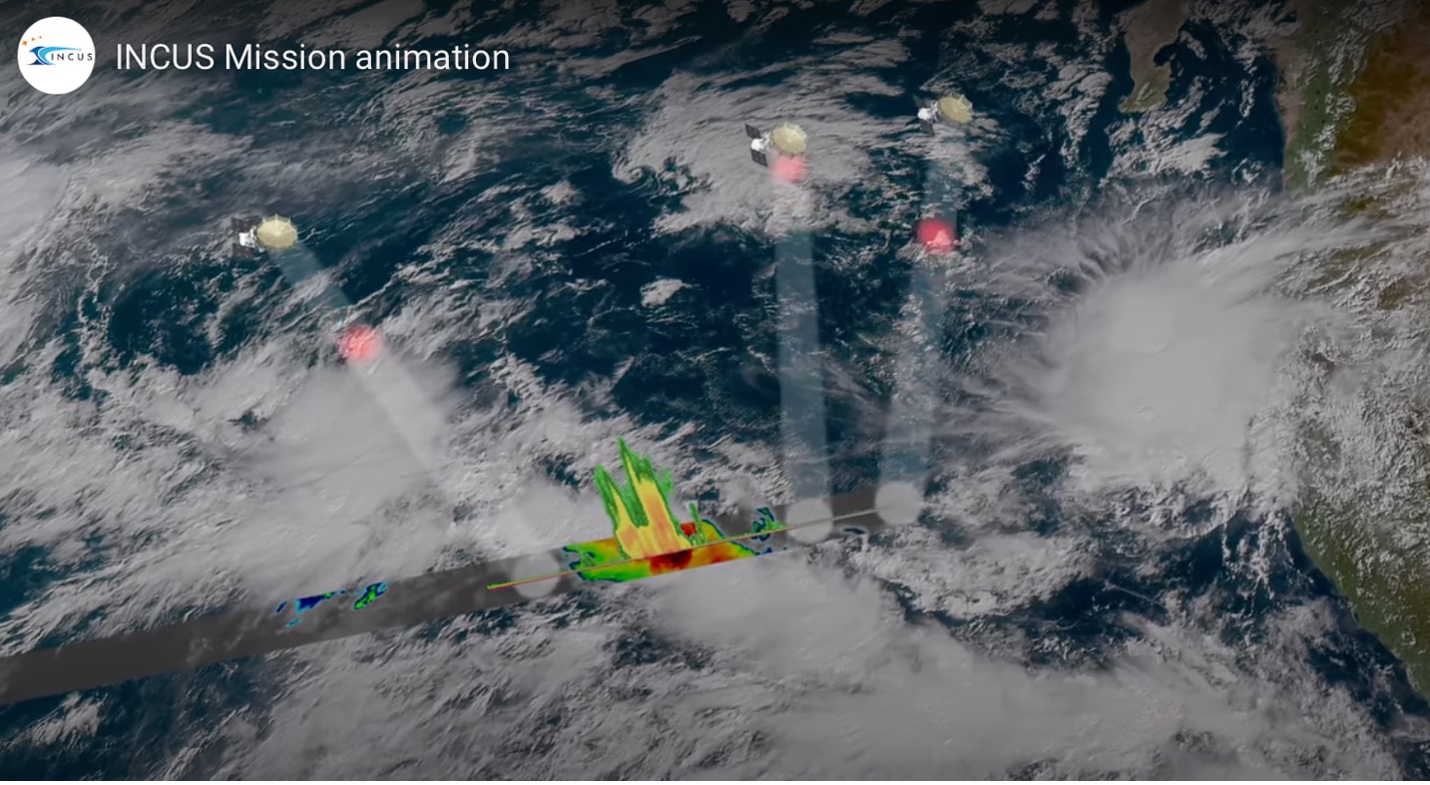CSU-led satellite mission to study extreme weather moves into construction phase
A Colorado State University-led effort to study storms and extreme weather from space using small satellites passed a key review by NASA in November 2023. With that approval in hand, the team will now focus on building the satellites and instruments with industry partners in Colorado, while also developing the needed research techniques and software to accomplish its mission.
The development marks an important milestone for the $177 million at selection Investigation of Convective Updrafts mission known as INCUS. The project aims to understand when, where and why tropical convective storms form and why only some of them produce extreme weather like heavy rain and strong wind. Key to those questions is the role of the vertical transportation of air and water in those types of storms – an aspect that is currently not well understood or easy to represent in forecasts and modeling. The INCUS mission addresses that need directly by using multiple satellites orbiting the planet to provide a sequential, top-down view of the dynamics within storms and how they change.
The move from the design stage to the construction stage of the instruments, spacecraft and mission systems sets up a launch that will occur no later than 2027, said Principal Investigator Sue van den Heever, a University Distinguished Professor in the Department of Atmospheric Science.
More information can be found in this article by Josh Rhoten.



